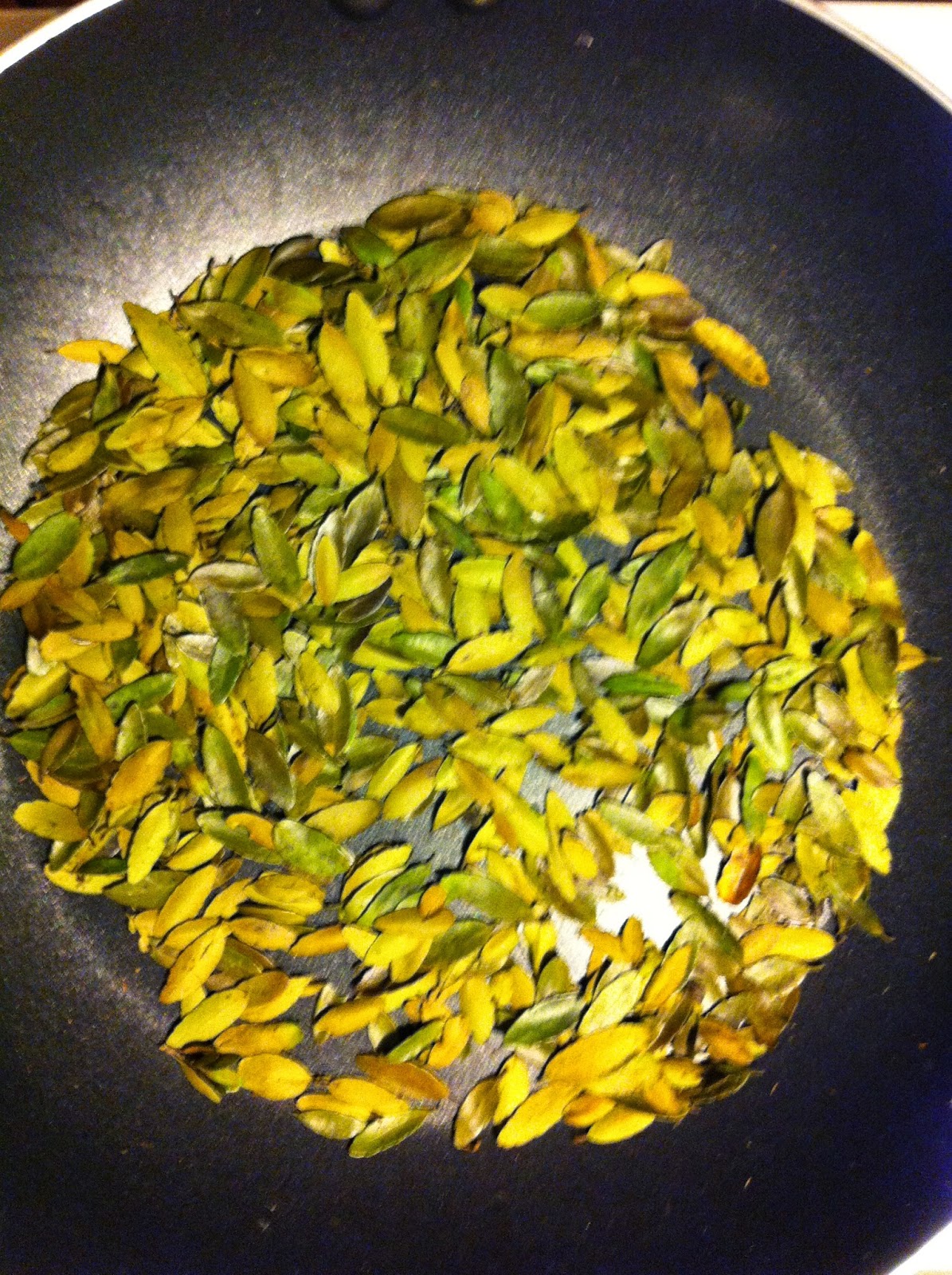WOODSMOKE WOODCRAFT SCHOOL
Building Confidence through
Knowledge, Skills, and Resources
A School of the Woods Focusing on Woodlore, Woodcraft Skills,
Wilderness Survival, and Self-Reliant Living
2015 Outdoor Basic Skills Workshop Series
Orientation Workshop –
Phase I
May 9, 2015
10940 Danne Lane, Fairhope
Minding the Rules of Three
Building a functional kit and developing a kit
mentality
Every Day Carry (How far have I got to go?)
Vehicle Kit
Gear that you need
First-Aid
Hygiene and Sanitation
Dealing with ticks, chiggers, and mosquitoes
Fire Making Workshop –
Phase II
June 13, 2015
10940 Danne Lane, Fairhope
Primitive flint and steel
Modern ferro rod
Magnifying Lens
Friction
Tinder, kindling and fuel
Fire Lay
Dakota Fire Hole
Making char cloth and charred punk
Shelter Workshop –
Phase III
July 11, 2016
10940 Danne Lane, Fairhope
Tarp Set-Ups
Winter Conditions
Summer Conditions
Dealing with Foul Weather Conditions
Constructing Semi-Permanent Shelters
Hydration Workshop –
Phase IV
August 8, 2016
10940 Danne Lane, Fairhope
Natural vs. Chemical Contaminants
Water Sources
Digging for ground water
Making it safe to consume
Evaporation and Distillation from the ground
Collecting water from green growing shrubbery
Tapping (Birch in the spring)
Staying Fed Workshop –
Phase V
September 12, 2016
10940 Danne Lane, Fairhope
Open fire cooking
Packables for the short term
Procuring for the long term
4-F’s of Survival … Fish, Feathers, Fur, and Foraging
Primitive Archery
Sling shot
Snares
Fishing/Frogging Spear
Throwing Stick
The versatile .22
Wild edible plants
Insects
Steel traps (Conibear 110)
Rat trap
Animal Diseases (Rabies and rabbit fever)
Staying Found Workshop
– Phase VI
October 10, 2015
Location to Be Announced
Compass reading and land navigation
Fall Woodsmoke Overnight
Gathering
November 14-15, 2015
Overnight at Little River State Park – Atmore,
AL
Opportunity to utilize gear and skills in an
overnight setting
Recap of course content
Dress rehearsal for the upcoming Early Winter
Wilderness Trek
Opportunity to meet and get to know other
woodcrafters
There
is no charge for students that have completed Phases I through VI.
Individuals
attending the gathering are responsible for their own park fees.
December 4-7, 2015
Early Winter Wilderness Immersion Experience -
Conecuh National Forest
There
is no charge for students that have completed Phases I through VI.
Individuals
participating are responsible for their own parking fees.
Pack-In Trapping Camp
January 16 -17, 2016
Cost: $125.00
Introduction to traps and trapping
Snares and primitive triggers for use in
survival situations
Conibear traps
Foothold traps
Dog-proof traps
Making effective sets
Dealing with trapped animals and processing the catch
Late Winter Wilderness
Trek
February 19-22, 2016
Late Winter Wilderness Immersion Experience –
Conecuh National Forest
There
is no charge for students that have completed Phases I through VI.
Individuals
participating are responsible for their own parking fees.
WORKSHOP FEES
Individual workshops - $40.00 per student age 18 and over.
No charge for minors
under age 18 accompanied by enrolled parent or responsible guardian.
Class size is limited
to 7 adults.
Pre-registration and
payment in advance is required.
INTENSIVE BASIC SKILLS WEEKEND COURSES
Intensive weekend
courses that cover Phase I-VI can be scheduled.
Intensive courses run
from 9:00 Friday morning through 12:00 Sunday.
Cost: $240.00
Waiver of Liability
While safety is our
primary concern, individuals participating in these outdoor programs realize
the possibility of accidents and injuries and assume all responsibility for
their own personal health and welfare.
A Waiver of Liability that holds Woodsmoke
Woodcraft School, its instructor(s), students, and program/event hosts harmless
must be signed and on record before participating in any of these outdoor
programs.
CONTACT ...
David Kralik
email ... matthewfivesix@hotmail.com
Subject Line ... WOODSMOKE REQUEST
Inform me of your interest and I will return correspondence.
CONTACT ...
David Kralik
email ... matthewfivesix@hotmail.com
Subject Line ... WOODSMOKE REQUEST
Inform me of your interest and I will return correspondence.

















